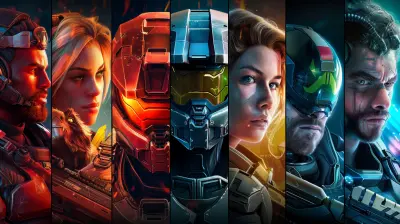Lost in Translation: Understanding Cultural Differences in JRPG Localization
8 July 2025
If you've ever played a Japanese Role-Playing Game (JRPG) and wondered why a character suddenly goes off about the power of friendship while fighting a fire-breathing dragon in a sailor uniform—congrats, you've had a brush with localization magic. Or mayhem. Depends on how generous you're feeling.
Localization isn't just about swapping Japanese words for English ones. It's a bizarre, beautiful fusion of linguistic gymnastics, cultural rewrites, and a whole lot of "wait, why are they eating rice balls that look suspiciously like jelly donuts?"
Today, we're diving deep (like, Mariana Trench deep) into the world of JRPG localization. Buckle up, because things are about to get weird, funny, and mildly philosophical.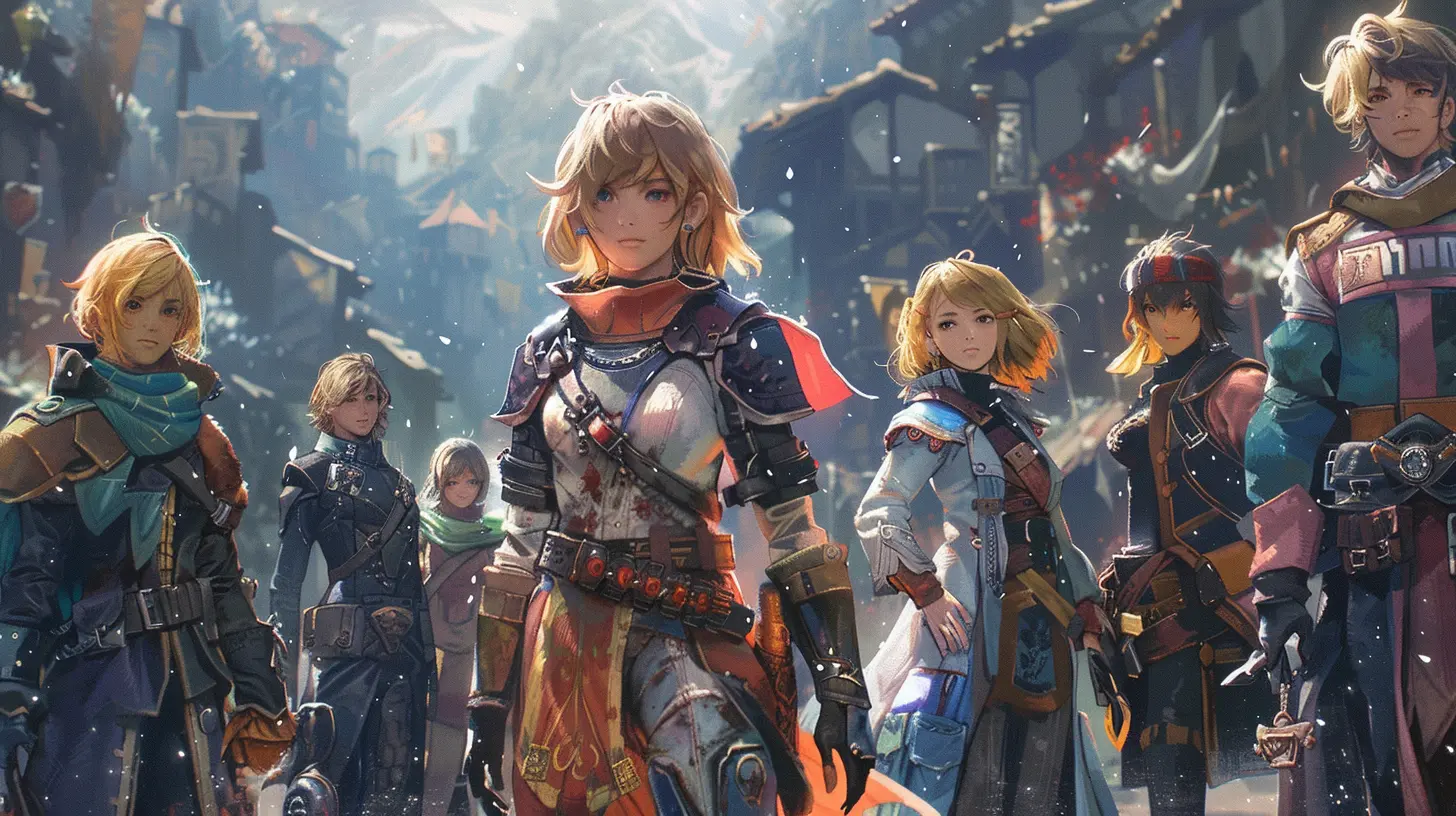
What The Heck Is Localization Anyway?
Let’s start with the basics: localization ≠ translation.Translation is just the text-swapping bit. Localization, on the other hand, is the Herculean task of making a game feel like it belongs in a new culture without losing the soul of the original. It’s not just about language—it’s about humor, idioms, pop culture references, diet habits, social norms, and yes, even how people show affection.
In JRPGs, where storytelling, character development, and world-building are EVERYTHING, localization is like trying to reassemble a Jenga tower with chopsticks. Blindfolded. Underwater.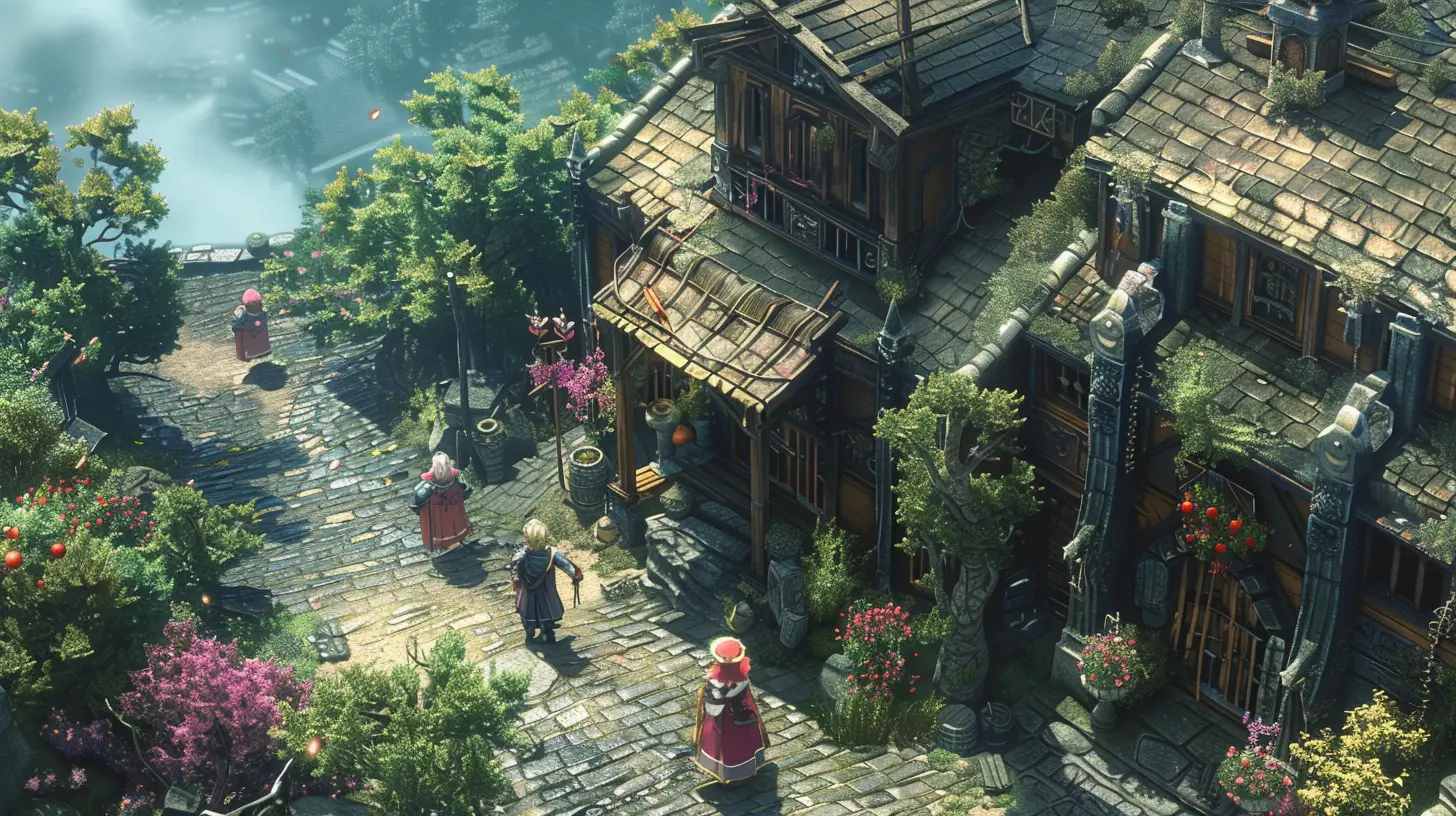
The Great Jelly Donut Incident (You Know The One)
If you grew up watching or playing anything related to Pokémon, you probably remember Brock, the perpetual flirt and culinary genius, offering someone a "jelly donut." Thing is, in the original Japanese version, it was clearly an onigiri—an iconic Japanese rice ball.Why the switch? Because back in the '90s, localization teams were terrified you'd get confused and possibly spiral into a rice-related existential crisis. So they changed it to something "familiar" for Western audiences. Boom—jelly donuts.
This is a classic case of cultural substitution. It’s not necessarily wrong, but it is hilarious. And it shows the tug-of-war between preserving a game’s cultural authenticity and making it make sense to us Western folks who’ve never even seen a bento box.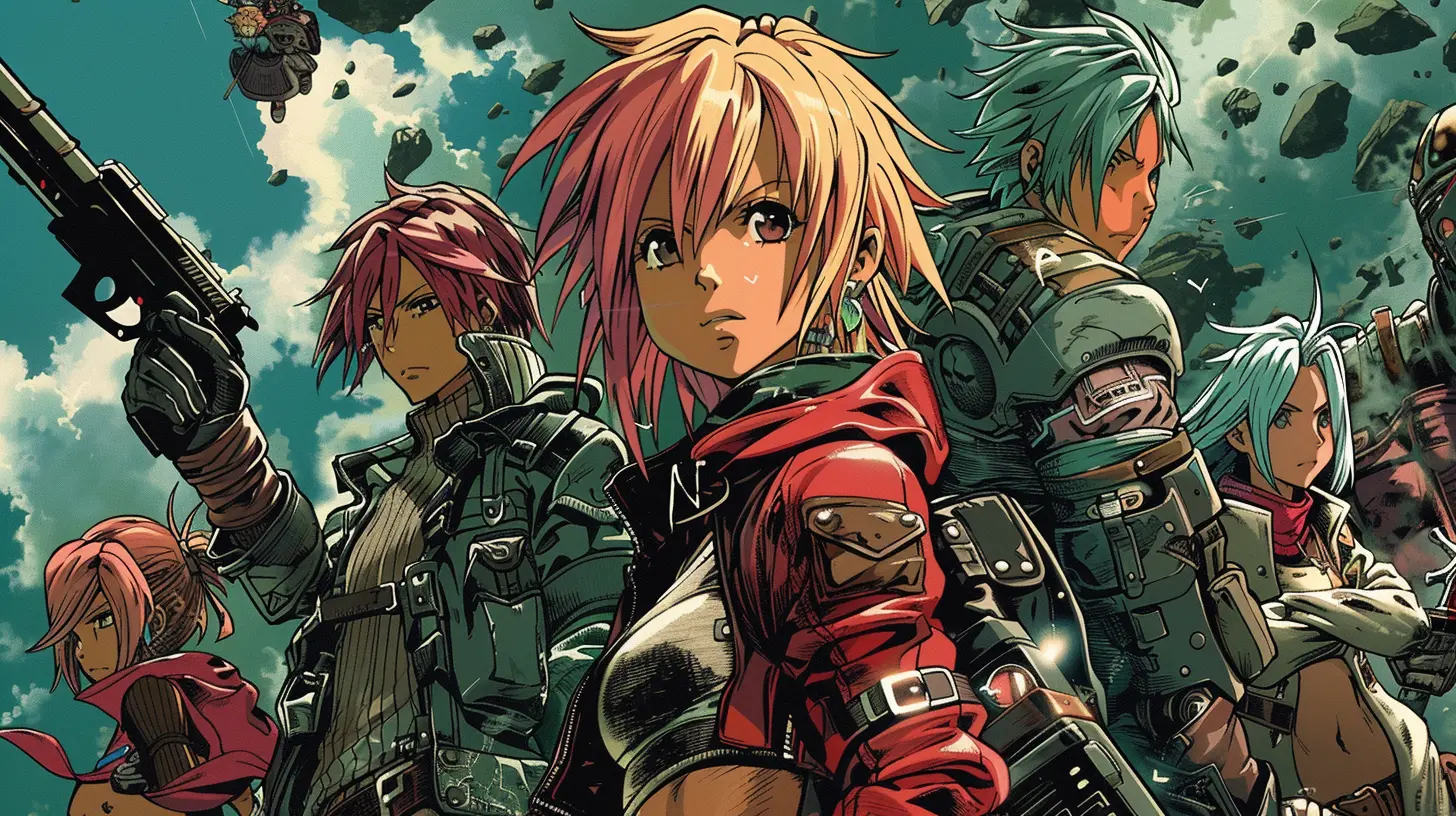
Language Is Weird (And Japanese Is Next-Level)
Japanese is a language filled with nuance. One word can mean ten different things depending on tone, context, or who’s being addressed. There are gendered speech patterns, hierarchical honorifics, and about 47 million ways to say “I.”So when an English-speaking localization writer gets their mitts on a JRPG script, they’re often met with phrases that literally translate to English like:
> “I shall do my best to surpass the sacred duty bestowed upon me by the light of my ancestors!”
Which in modern English might be more like:
> “Welp, guess I’ve got to save the world again. Just another Tuesday.”
Translating tone is just as hard as translating content. You want a cool, stoic anime hero to sound broody, not like a confused Shakespearean actor.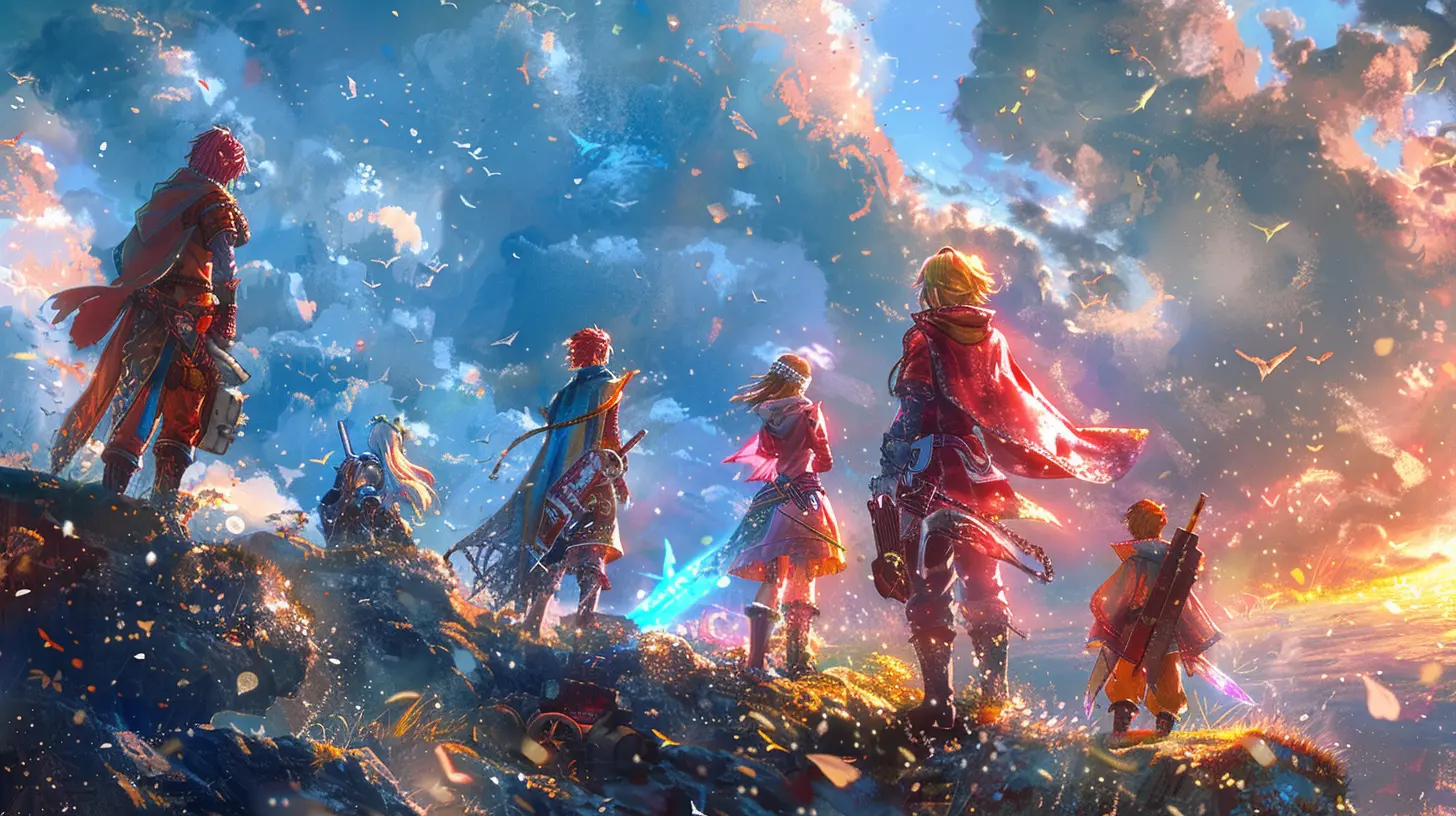
Honorifics, Senpai, and Other Linguistic Landmines
Here’s another curveball: Japanese honorifics. You know, the "-san," "-kun," "-chan" business. It’s their way of showing respect, familiarity, or affection, and it changes depending on the relationship between characters.In localization, it’s a tough call—do you keep those terms in the English version? Or do you scrub them out and risk losing the subtle social dynamics?
Some games (like Fire Emblem and Persona) keep honorifics because fans love them. Others ditch them and try to rework the dialogue. The result? Sometimes it works. Other times, you’re left wondering why every character sounds like either a robot or your dentist.
Puns Are The Ultimate Localization Hell
Let me tell you about the absolute nightmare that is translating Japanese puns. They’re everywhere in JRPGs, and they almost NEVER translate.Japanese humor often relies on wordplay—homophones, character-based jokes, culturally loaded double meanings. Trying to make those funny in English is like trying to explain why dad jokes are funny to a cat. It just doesn’t land.
Localization teams have to get creative. Sometimes they replace a pun with a completely unrelated English joke. Other times, they throw in a pop culture reference (cough “You spoony bard!” cough) and call it a day.
Bless them for even trying, honestly.
Personality Rewrites: When Characters Get A Makeover
So, here's where things get spicy.Sometimes, a character’s personality just doesn’t vibe with Western norms. Maybe they're super quiet and submissive in the Japanese version, which could be seen as shy and cute over there. But here? That same behavior could be read as robotic or even creepy.
Localization teams might tweak the dialogue to make characters more relatable for Western audiences. But that comes with risk. Fans of the original version might cry foul: "They totally butchered her character!” Meanwhile, new players might never know the difference.
It’s walking a tightrope between loyalty and adaptation—and yes, the fans are watching with pitchforks (and Reddit threads).
Censorship vs. Cultural Sensitivity: A Never-Ending Debate
Ah yes, the internet-fueled battleground of every JRPG release.Games like Xenoblade Chronicles X and Tokyo Mirage Sessions got heat for changing costumes, toning down suggestive scenes, or localizing suggestive language. And let’s not even get started on how Fire Emblem Fates handled that infamous “petting mini-game.”
Western publishers often tweak content to match cultural expectations for age ratings or public perception. Japanese games, on the other hand, are way more chill with things like scantily clad characters or taboo topics.
Some gamers see these changes as censorship. Others welcome them as necessary adjustments for different markets. Either way, it’s a wild ride, and someone’s always mad.
The Weird Stuff That Gets Lost… Or Added!
JRPGs are known for their quirky NPCs, weird side quests, and random digressions into cooking, fishing, or friendship-building. These moments often carry cultural references that don’t make it across the ocean.Take food, for example. Japanese games love their ramen, takoyaki, and soba noodles. But instead of trying to explain what takoyaki is (octopus balls—yeah, really), some localizations just call it “street food” or invent some made-up dish.
But localization isn’t just about loss. Sometimes, translators add in Western pop culture references, witty banter, or new jokes to spice things up. Ever seen a JRPG character quote Star Wars or make a pun about tacos? Yeah, that wasn’t in the original script.
Localization is a two-way street, and sometimes, it's the weird detours that are most memorable.
Voice Acting Woes
Let’s talk about voiceovers. A good Japanese voice actor can make you cry, laugh, or fist-pump through a boss fight. English dubs? Well… it's hit-or-miss.Localization teams have to cast voice actors who match the tone, personality, and timing of the original—all while syncing to animation that wasn't made with English in mind.
And let’s be real: sometimes we get Oscar-worthy performances, and sometimes we get, “Did they record this in a closet with a flip phone?”
The dubs often catch flak, but they’re a key part of localization. A well-dubbed JRPG can elevate the entire experience for folks who don’t want to read subtitles while dodging enemy attacks.
When Localization Goes Too Far (Or Not Far Enough)
There’s a sweet spot in localization—somewhere between “word-for-word literal” and “this is clearly written by someone who’s never played the game.”Go too far in either direction, and you risk hurting the player's immersion. Remember Final Fantasy IV’s “You spoony bard!” line? It's iconic now, but at the time, people were like, “What the heck is a spoony bard?!”
Yet, that weird line stuck. It became meme-worthy. Legendary. Proof that sometimes, happy accidents in localization create pure gold.
On the flip side, if localization is too sterile or dry, all the charm, humor, and emotion of the original gets lost in the sauce. And really, no one wants a bland JRPG. We come for the drama. The feels. The unintentional comedy.
So What’s The Right Way To Localize A JRPG?
If you’ve made it this far, you probably realize—there is no single “right” way. Every JRPG presents a unique puzzle. It's a balancing act of language, culture, tone, and fan expectations.Some localizations aim for faithfulness. Others go full adaptation mode to craft a story that feels native to the new audience. And honestly? Both approaches can work.
At the end of the day, the goal is the same: present a game that’s engaging, understandable, and emotionally resonant. Whether it makes you laugh, cry, or shout "what the hell just happened?"—it needs to make you feel something.
Final Thoughts: Let’s Give Localizers Some Love
JRPG localization is a labor of love. It’s not just about translating menus or renaming spells. It’s about capturing the heart of a game created across the globe and making it resonate with a new audience.So next time you chuckle at a pun that shouldn't work, or scratch your head at a bizarre food reference, send a mental high-five to the localization team. They're the unsung heroes turning Japanese insanity into global entertainment gold.
And hey—we might still be confused about the difference between onigiri and jelly donuts, but at least we’re all confused together.
all images in this post were generated using AI tools
Category:
JrpgsAuthor:

Kaitlyn Pace
Discussion
rate this article
1 comments
Harper Benson
Great insights on how cultural nuances shape the localization of JRPGs! It's fascinating to see how translation goes beyond words—affecting themes, humor, and character depth. Understanding these differences not only enhances our gaming experience but also deepens our appreciation for the original works. Keep up the excellent analysis!
July 28, 2025 at 3:51 AM

Kaitlyn Pace
Thank you so much for your thoughtful comment! I'm glad you found the insights valuable—cultural nuances really do enrich the gaming experience. Your appreciation for these complexities means a lot!
